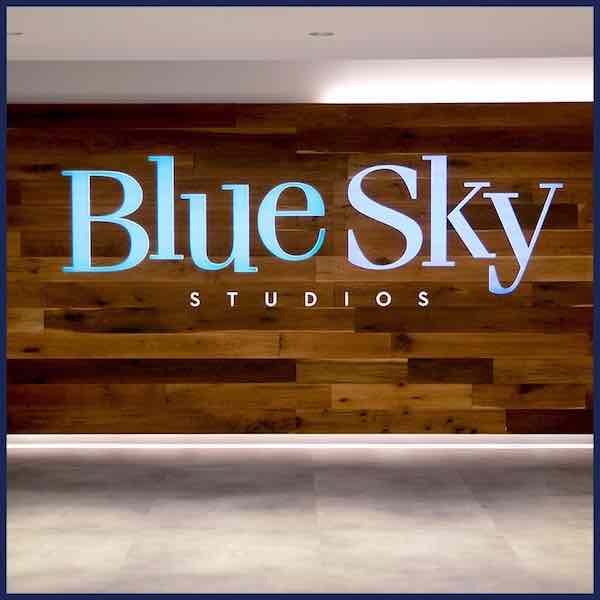

In order to receive the commission, Blue Sky spent two days rendering a single frame and submitted it to the prospective client. To accomplish this, Ludwig examined how light passes through water, ice, and crystal, and programmed those properties into the software.įollowing the stock market crash of 1987, Blue Sky Studios did not find their first client until about two years later: a company "that wanted their logo animated so it would be seen flying over the ocean in front of a sunset". At the time, scanline renderers were prevalent in the computer graphics industry, and they required computer animators and digital artists to add lighting effects in manually Troubetzkoy and Ludwig adapted MAGI's ray tracing, algorithms which simulate the physical properties of light in order to produce lighting effects automatically.
#CHRIS WEDGE BLUE SKY STUDIOS SOFTWARE#
After MAGI was sold to Vidmax (Canada), the six individuals: Wedge, Troubetzkoy, Ferraro, Ludwig, David Brown, and Alison Brown, founded Blue Sky Studios in February 1987 to continue the software design and produce computer animation.Īt Blue Sky, Ferraro and Ludwig expanded on CGI Studio, the studio programming language they started at MAGI and began using it for animation production. As MAGI's success began to decline, the company employed David Brown from CBS/Fox Video to be a marketing executive and Alison Brown to be a managing producer. Using his background in character animation, Wedge helped MAGI produce animation for television commercials, which eventually led to an offer from Walt Disney Productions to produce animation for the film Tron (1982).Īfter Tron, MAGI hired Carl Ludwig, an electrical engineer, and Mike Ferraro transferred to the film division from the Cad Cam division of MAGI. At MAGI, Wedge met Eugene Troubetzkoy, who held a Ph.D in theoretical physics and was one of the first computer animators. MAGI was an early computer technology company which produced SynthaVision, a software application that could replicate the laws of physics to measure nuclear radiation rays for U.S. In the late 1970s, Chris Wedge, then an undergraduate at Purchase College studying film, was employed by Mathematical Applications Group, Inc. History 1980-1989: Formation and early computer animation

1.4 2019-present: Disney acquisition and closure.1.3 2002-2018: Feature films under 20th Century Fox.1.2 1989-2002: Television commercials and visual effects.1.1 1980-1989: Formation and early computer animation.Ice Age, The Heroes, and Shadow Play were the studio's most successful films, while The Heroes was its most critically praised film. In February 2021, Disney announced that Blue Sky would shut down in April 2021.īlue Sky had produced 18 feature films, its last being Spies in Disguise, released December 25, 2019. In 2019, the studio was acquired by Disney, upon their acquisition of 21st Century Fox assets. The studio's first feature, Ice Age, was released in 2002 by 20th Century Fox. Using its in-house rendering software, the studio had worked on visual effects for commercials and films before completely dedicating itself to animated film production. The studio was founded in 1987 by Chris Wedge, Michael Ferraro, Carl Ludwig, Alison Brown, David Brown, and Eugene Troubetzkoy after their employer MAGI, one of the visual effects studios behind Tron, shut down. Scrat, a character from Ice Age, is the studio's mascot. It is a subsidiary of 20th Century Animation, a division of Walt Disney Studios. is an American computer animation film studio based in Greenwich, Connecticut. 20th Century Animation (Walt Disney Studios) Blue Sky Studios, Inc.


 0 kommentar(er)
0 kommentar(er)
